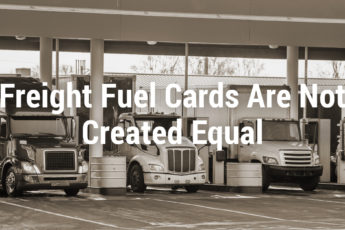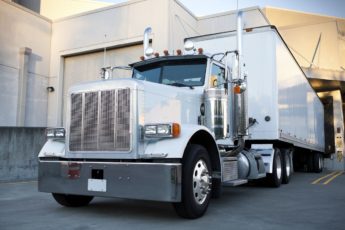Trucking employment dropped further in September, with 100 more jobs opening up for drivers. Since the start of 2017, there has been a gap between the demand for drivers, and the decreasing number of available drivers who meet the requirements of fleets. Since this has been going on for almost 10 months, now, there are a number of consequences – as well as potential solutions – facing the trucking industry.
Trucking Employment And Independent Carriers
With trucking employment down, the demands from customers is placing a strain on the industry. To fix this, fleets are having drivers take on multiple shipments at once. This this is a stopgap measure, it is also leading to a fast burnout rate. Trucking industry analysts are showing indicators that customers who normally used fleets are looking to smaller carriers to handle shipments. Unfortunately, this could cause fleets to scale back further in order to save on overhead costs. What’s more, the implementation of ELDs will still limit the number of hours truckers can haul shipments on a day-to-day basis.
Tax Reform Is Not Necessarily The Answer
A couple of weeks ago, people in Washington, DC proposed that tax reform and walking back estate taxes would help the trucking industry at large. Reducing taxes would stimulate growth and allow fleets to hire more people and get more trucks on the road. A cursory analysis has shown that this tax reform would help roughly 30 small family-owned fleets, and not much more. Unfortunately, this is not representative of the trucking industry as a whole, and the payoff would not remedy the current trucking employment situation.
Fleets Are Starting To Offer More
Not willing to wait things out and see if the trucking employment situation corrects itself, or relying on delays and empty motions from Washington, DC, fleets are becoming more pro-active. Fleets are offering increased pay rates, sign on bonuses, benefits, and more as a means of not only bringing in new drivers, but retaining them. Earlier this year, driver retention was one of the biggest factors influencing trucking employment. Since some fleets have started rethinking what they offer their drivers, retention is starting to turn around.
New Blood
One of the biggest hopes for the trucking industry is coming from young people and women. Students who have connections to veterans have access to certain financial benefits and programs for training as commercial drivers. As we reported earlier this week, women are graduating from technical schools in droves, and using their CDLs to enter the trucking industry with well-paying salaries.
Making Transaction Easier
One of the biggest obstacles causing strains on the trucking industry comes from a backlog of open invoices. When there are delays in payments from customers, cash flow slows down, financial obligations cannot be met, and employees cannot get paid. With services like freight bill factoring and accounts receivable financing, invoices can be converted to capital much faster than waiting on legislation or seeking out talented drivers. If you own a fleet, or if you are an independent owner operator experiencing cash flow problems from unpaid customer invoices, contact Express Freight Finance. We provide debt-free working capital solutions for fleets and truckers across the country.






